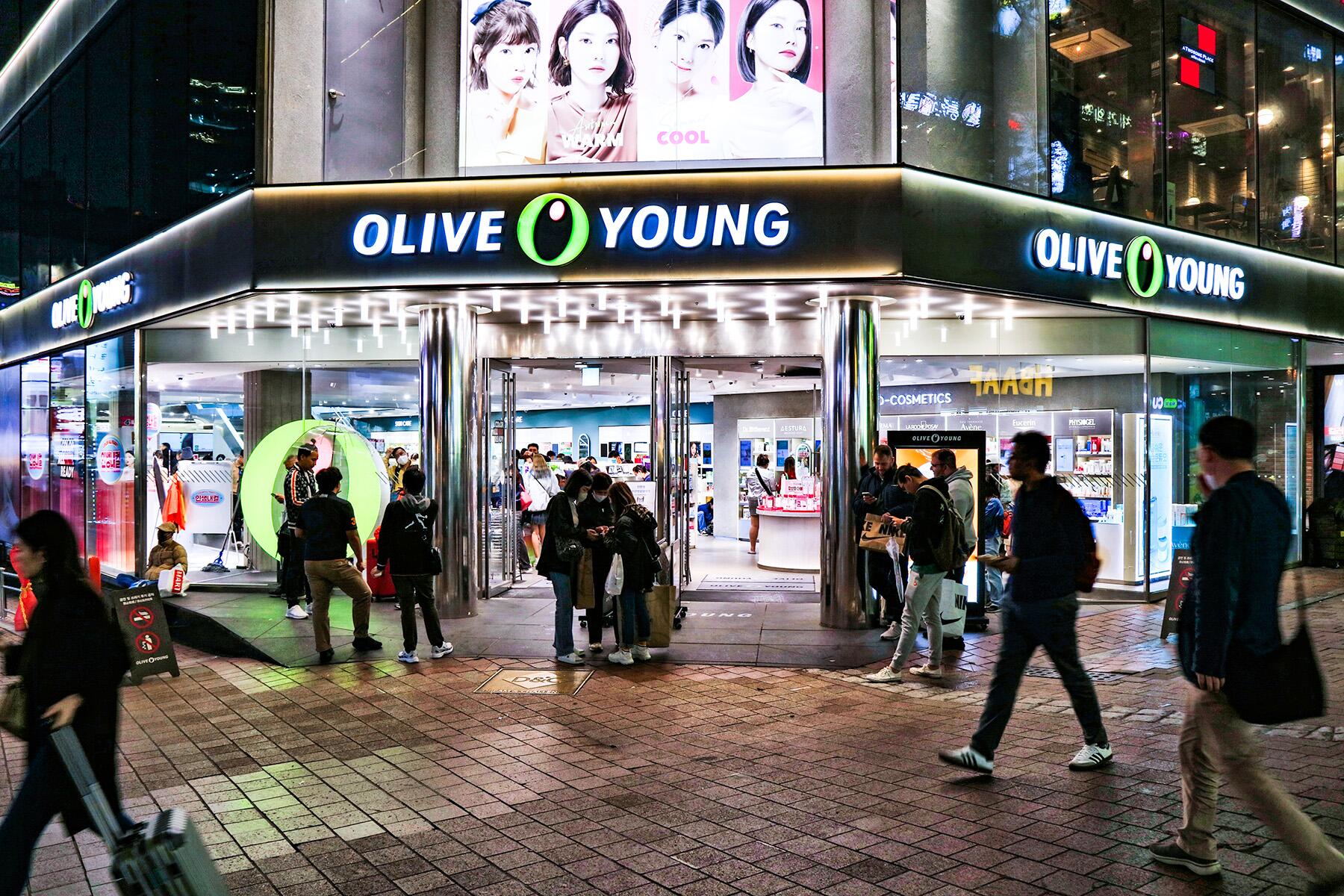Side Trips from Seoul
Side Trips from Seoul
Romantic forests, sacred mountains, historic fortresses, colorful ports, a military zone, and futuristic cityscapes — all of these are just an hour or two outside of Seoul's city limits. This is Gyeonggi Province, which literally means "the area around the capital," and indeed, the province is shaped like a donut, with Seoul representing the hole. Its 28 cities and three counties are home to more than 13 million people. The nearby city of Incheon, administered as its own province, is home to another 3 million. Combined with Seoul, the region accounts for about half of South Korea's population.
Gyeonggi Province embodies a rich diversity of landscapes. Several major rivers flow through the area, most notably the mighty Han River and the Imjin River, parts of latter forming the div...
Read MoreRomantic forests, sacred mountains, historic fortresses, colorful ports, a military zone, and futuristic cityscapes — all of these are just an hour or two outside of Seoul's city limits. This is Gyeonggi Province, which literally means "the area around the capital," and indeed, the province is shaped like a donut, with Seoul representing the hole. Its 28 cities and three counties are home to more than 13 million people. The nearby city of Incheon, administered as its own province, is home to another 3 million. Combined with Seoul, the region accounts for about half of South Korea's population.
Gyeonggi Province embodies a rich diversity of landscapes. Several major rivers flow through the area, most notably the mighty Han River and the Imjin River, parts of latter forming the dividing the line between North and South Korea. Mountains dominate the rugged east and northeast parts of the province, especially along the Demilitarized Zone (DMZ), while flat wetlands and plains dominate the northwest and south, respectively. Parts of the region are densely urbanized, particularly around Seoul and Incheon, while the rural hinterlands are sparsely populated.
Like the rest of Korea, history has left a deep imprint on Gyeonggi Province and Incheon. The region has been Korea's center of power for over six centuries — longer, even, if you count the nearby city of Kaesong in North Korea. Imposing stone fortresses dot the region's mountains and valleys, most notably the UNESCO-recognized bastions of Namhansanseong and Suwon Hwaseong, as well as strategic Ganghwa-do (Ganghwa Island) at the mouth of the Han River. Meanwhile, Incheon's historic alleyways lined by graceful Western, Chinese, and Japanese-style buildings testify to the city's legacy as Korea's first open port and gateway to the outside world.
It's the Korean War, however, that has left the most dramatic mark on the region. Running along the northern border of Gyeonggi Province is the ironically named Korean Demilitarized Zone, or DMZ, the dividing line with North Korea and one of the most militarized borders on the planet. In front line towns like Paju and Yeoncheon, soldiers, military bases, metal fences, and even road-side tank traps are ubiquitous, while in the south of the province, the huge American bases at Pyeongtaek and Osan remind the world that the Korean War is still a going concern. The most emblematic legacy of the Korean War is the "truce village" of Panmunjeom, where the two Koreas literally come face to face.
For travelers, Gyeonggi Province and Incheon offer many convenient day trips from Seoul, most easily reached by the region's inexpensive and well-developed system of commuter trains and buses. While some destinations, most notably Panmunjeom, require advanced planning and reservations, most do not. Being mostly day trips, separate accommodation is rarely required, either, though Ganghwa Island, Nami Island, and Paju offer some charming places to spend a relaxing, meditative evening.






